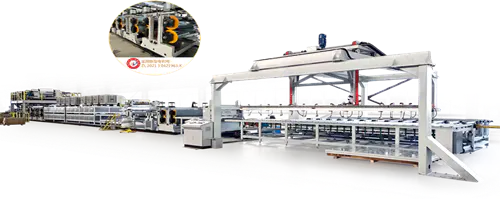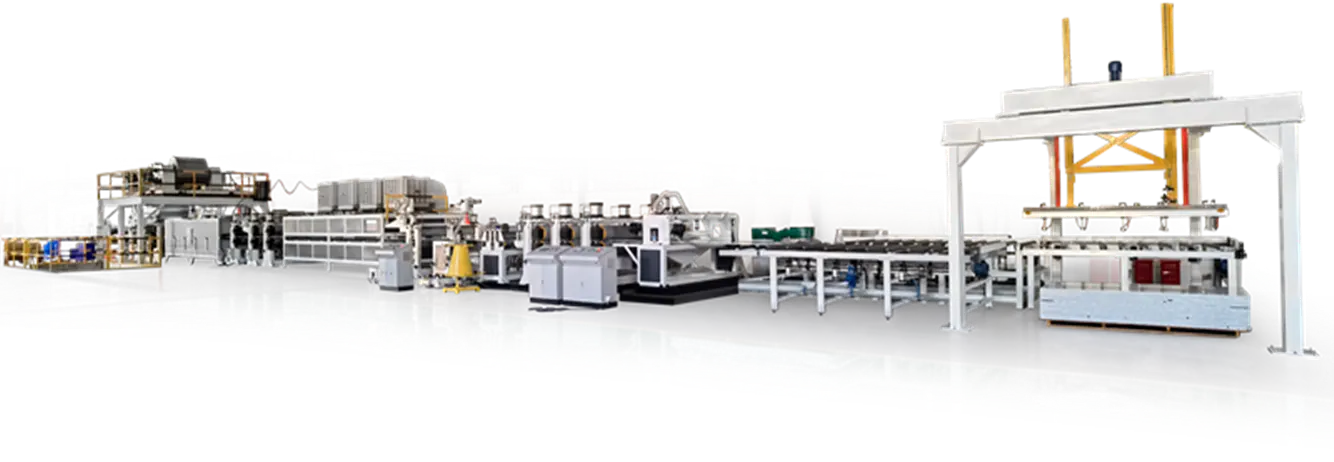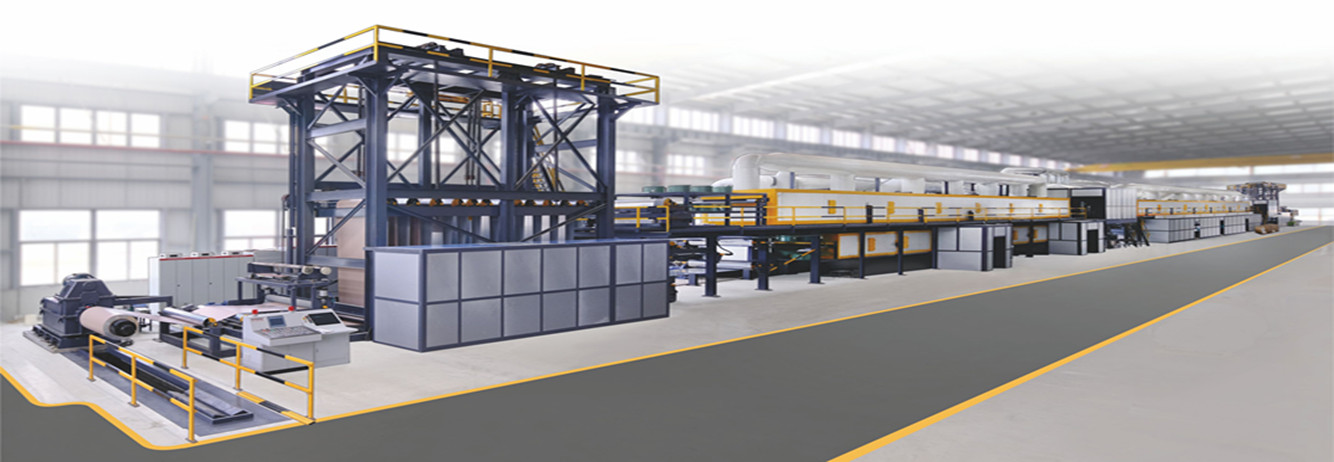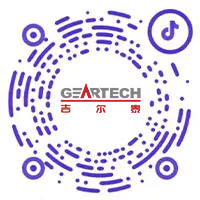The manufacturing sector for honeycomb panel production line systems has seen a noticeable shift toward automation. This transformation is especially relevant for producers of steel honeycomb panels, where efficiency and precision play key roles in meeting growing industry demands. Automation technologies are gradually reshaping the way honeycomb panel production line processes operate, introducing new possibilities for improving production rates and consistency.

Honeycomb panel production line systems have traditionally relied on a combination of manual and semi-automated steps to assemble steel honeycomb panels. These panels, known for their strength-to-weight ratio and versatility, are widely used across various sectors such as construction, transportation, and aerospace. With increasing attention on reducing labor costs and less errors, manufacturers are investigating automation solutions to enhance operational workflows. Automation helps maintain a stable production rhythm while reducing human errors that can advance to material waste or inconsistencies in panel quality.
One key aspect of automation in the honeycomb panel production line is the integration of robotic arms and conveyor systems. These technologies enable the precise placement of steel honeycomb cores and the application of adhesive layers without the variability often seen in manual handling. As a result, manufacturers observe more uniform panel characteristics, which contributes to better performance in final applications. Additionally, automated inspection tools are being introduced to detect defects early in the process, allowing for timely adjustments and reducing downtime.
The adoption of automation also brings benefits in terms of scalability. Honeycomb panel production line systems equipped with advanced controls can be adjusted quickly to accommodate different panel sizes or specifications. This flexibility is crucial as steel honeycomb panels find uses in a wider range of projects with varying requirements. By reducing the setup time between production runs, manufacturers can better respond to market demands and reduce advance times, enhancing overall productivity.
Despite the advantages, implementing automation in honeycomb panel production line systems does present challenges. Initial investment costs and the need for specialized maintenance skills can be significant barriers for some manufacturers. However, many companies consider these investments worthwhile, as automation can lower long-term operational costs and improve workplace safety by reducing manual labor. In addition, automated systems often come with data collection features that provide insights into production efficiency and help identify areas for further improvement.
Steel honeycomb panels continue to attract interest due to their lightweight and durable characteristics. With automation trends influencing production methods, the industry is positioned for more streamlined operations and higher consistency in output quality. Manufacturers exploring these automation trends are laying the groundwork for innovation and enhanced competitiveness in the honeycomb panel market.
The shift toward automated honeycomb panel production line systems marks an important development for steel honeycomb panels manufacturing. Automation supports improved accuracy, efficiency, and adaptability, which align well with the evolving demands of end-use industries. As more manufacturers integrate these technologies, the production of steel honeycomb panels is expected to become more efficient, scalable, and capable of meeting diverse application needs. This ongoing evolution in production line automation illustrates a significant step forward for the sector.

 中文简体
中文简体 English
English Português
Português русский
русский Español
Español عربى
عربى









